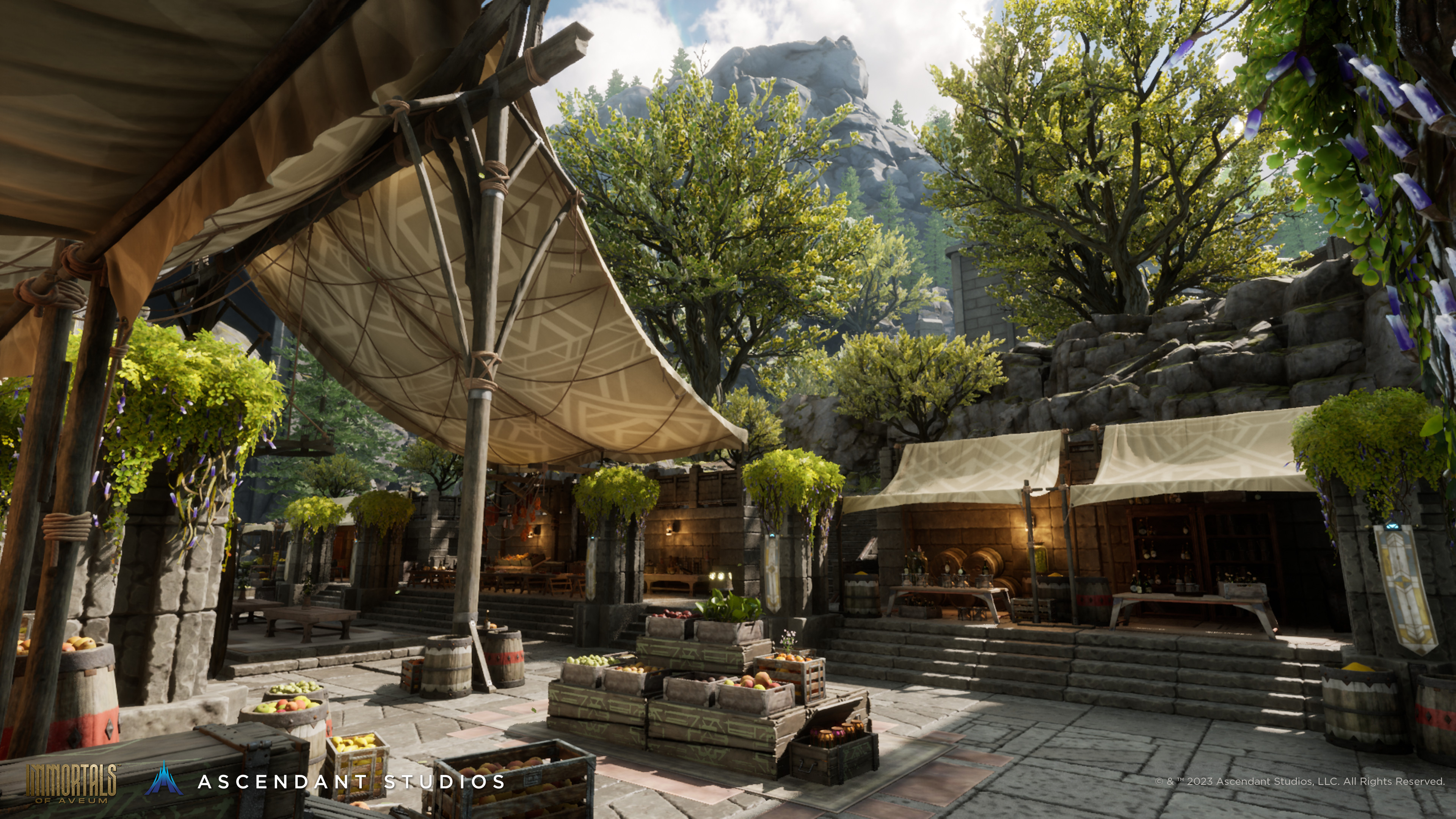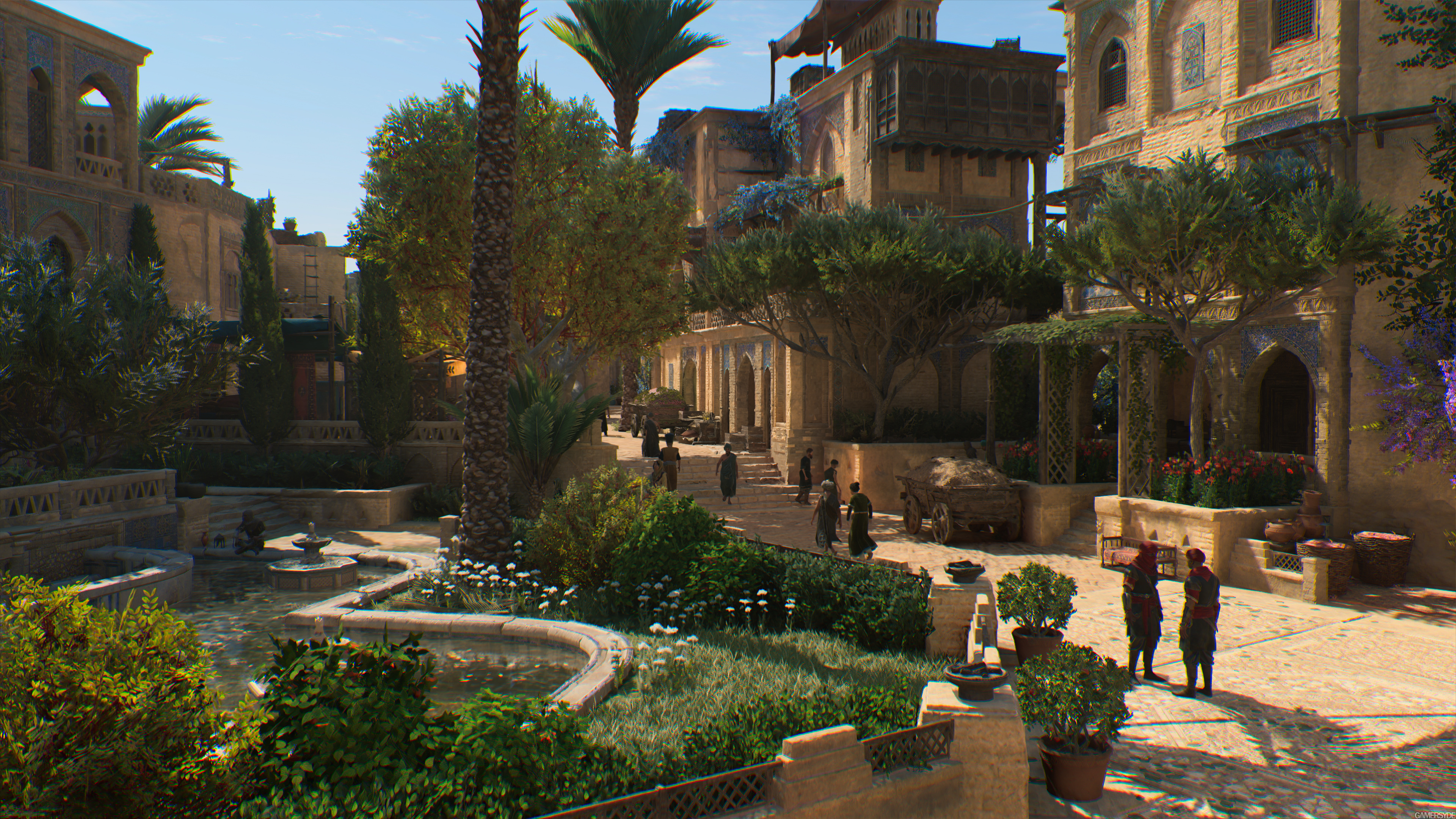Yeah minor aside on this if you guys will permit.It seems like a meaningless distinction. It has plenty of sophistication for npc and physics behaviour. You could build a game with the components it demos. The open question is the scope of the experience you could squeeze in alongside the elements already on show.
Recently - specifically during some of the discussion and apologetics around starfield performance - I've started to realize that people have some strange ideas about what really costs performance in games. We've had a lot of discussion about one side of that here (people underestimate the cost of rendering dynamic lighting), but people also seem to have strange ideas about how much "gameplay stuff" costs intrinsically.
Now of course every game is different to some extent, but while things like physics, animation and pathfinding can certainly add up, I don't know why people have this notion that things like quest mechanics, tracking various progress through the game or remembering where objects were placed is expensive in any way. That stuff is sometimes complicated from an engineering perspective in terms of keeping it all organized and handling all the edges cases and QA and so on, but it's not expensive from a performance budget point of view. There's a reason why scripting languages are generally fine for that level of game code. Remembering where a dynamic object was rather than resetting it to some initial position is only a save file size consideration, and even then... this is a tiny amount of data compared to the stuff that engines deal with in producing a single frame.
To bring it back on topic - IMO the Matrix/CitySample demo does include most of the performance-relevant systems that you would have in many full games. Obviously a significant amount of *work* would be needed to make it into a full game of any complexity, but I think it definitely serves as a pretty good proof of concept that a game of that fidelity would definitely be possible. And indeed I would expect that one could improve performance in newer engine versions and with some optimization.
Now how/when/if we get games that try and push that level of quality is a more complicated question, because that involves a lot of production decisions, prioritization, content resources, etc.
Last edited:





